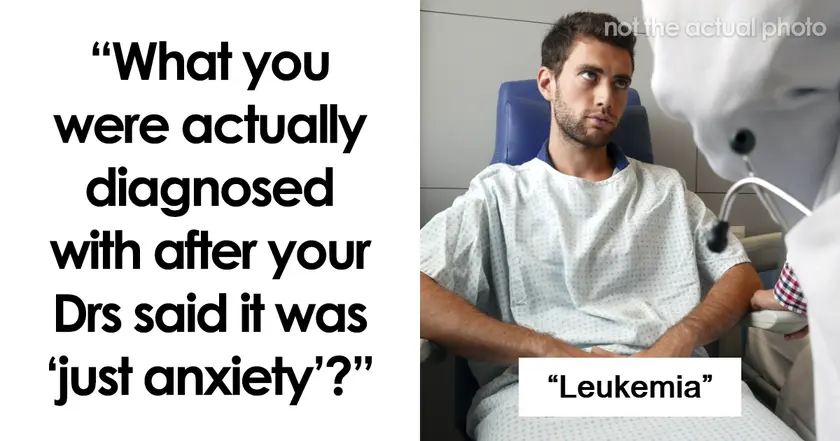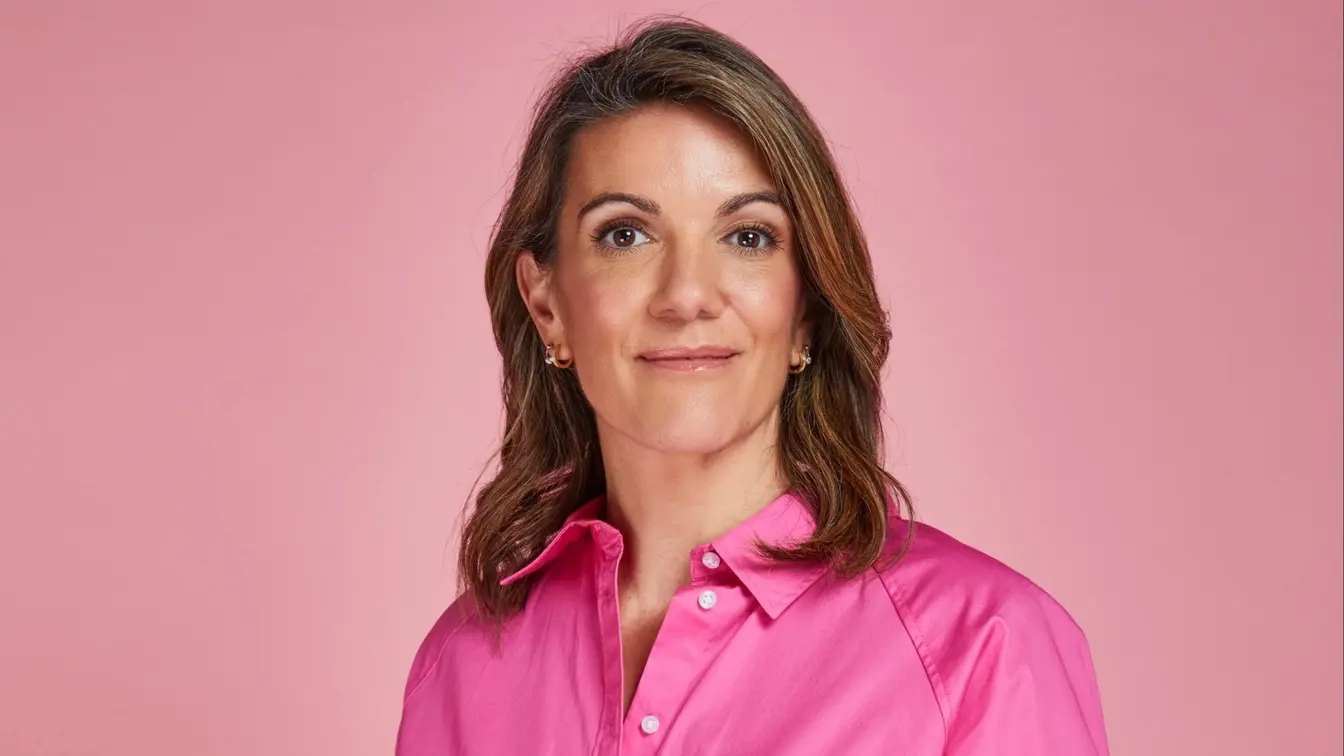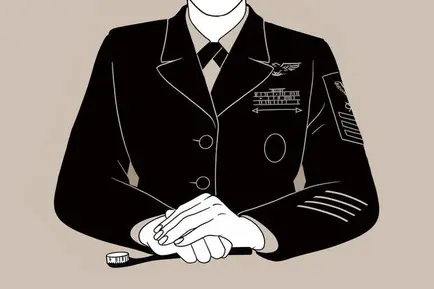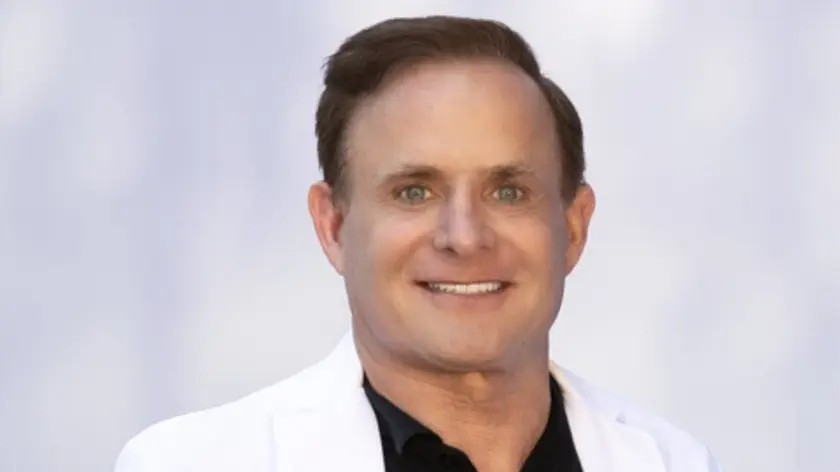T4K3.news
Medical gaslighting in focus
A viral post draws attention to how patients say doctors dismissed serious symptoms, delaying diagnosis and treatment.

An editorial look at how patients say doctors dismissed concerns and how that affects care.
Medical Gaslighting Hits Patients Hard
A viral post from the Young Lung Cancer Initiative collected stories in which people say doctors dismissed serious symptoms as anxiety or stress, delaying diagnosis. The post, which has drawn millions of views, highlights how misjudgments can happen when symptoms don’t fit a doctor’s expectations and how patients without a smoking history or with a rare illness can be left waiting for answers.
Experts say not all misjudgments are intentional. Time pressures and unconscious biases can influence care, especially for younger patients and women. Advocates offer practical steps for patients: keep a symptom log, explain concerns clearly, ask direct questions, and seek a second opinion if concerns persist. The aim is to empower patients to participate in the diagnostic process while recognizing the limits of medical certainty.
Gaslighting can erode trust in the health system and worsen outcomes. The piece urges better communication and patient-centered care, along with accessible avenues for second opinions and follow-up testing to reduce delays.
Key Takeaways
"There is a significant amount of unconscious bias in the practice of medicine."
Harvard Medical School ethics expert comments on bias in care.
"Ask direct questions like What else could this be and What is the next step if this does not improve?"
Dr. Marron explains how patients can push for answers.
"You deserve a diagnosis, not a shrug."
Advocates urge patients to persist for answers.
"Persistence can save your life."
Advocates emphasize staying engaged in the diagnostic process.
This focus on personal stories exposes a broader pattern in healthcare culture. Unconscious bias and gender or age stereotypes influence how seriously symptoms are taken, especially when they don’t align with popular narratives about risk. Social media amplifies these voices, pressuring institutions to address flaws, but it can also spark oversimplified debates. The piece rightly pushes for systemic fixes rather than blaming individual clinicians, including better training in communication, standardized diagnostic checklists, and patient advocates who can accompany people through the process.
At the same time, the coverage risks sensationalizing cases or creating fear among patients and clinicians. The challenge is to balance accountability with fair credit to clinicians who follow careful, evidence-based paths. Policymakers and health systems should use these stories to improve safety nets, not to vilify the profession. The goal is safer care and restored trust, not punishment or scapegoating.
Highlights
- Trust your body first, not a chart alone.
- Keep pushing for answers not excuses.
- A second opinion can save a life.
- Ask what else this could be and what next if it does not improve.
Medical gaslighting risks to patient safety
Stories of dismissed symptoms point to real dangers: delays in diagnosis, worsened health outcomes, and damaged trust in care. The piece highlights unconscious bias and time pressures as core factors, raising questions about training, standards, and accountability. This topic can provoke public scrutiny and policy debate about budget and patient safety.
Better care starts with listening more, testing thoroughly, and treating patients as partners in their health.
Enjoyed this? Let your friends know!
Related News

Growing awareness of ADHD triggers

Military eating disorders risk to readiness

Jenna Jameson updates fans on health and weight loss

New findings on serotonin receptor could reshape mental health treatments

AVM found after concussion symptoms

Two women hospitalized after peptide shots at RAADfest

Transformation story inspires recovery from addiction

Weill Family Foundation launches cancer research hub
